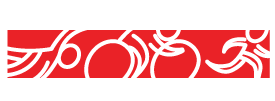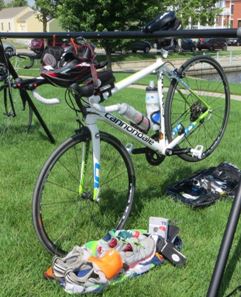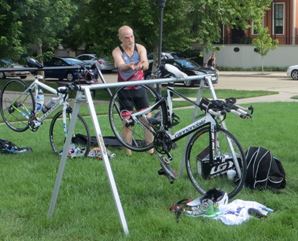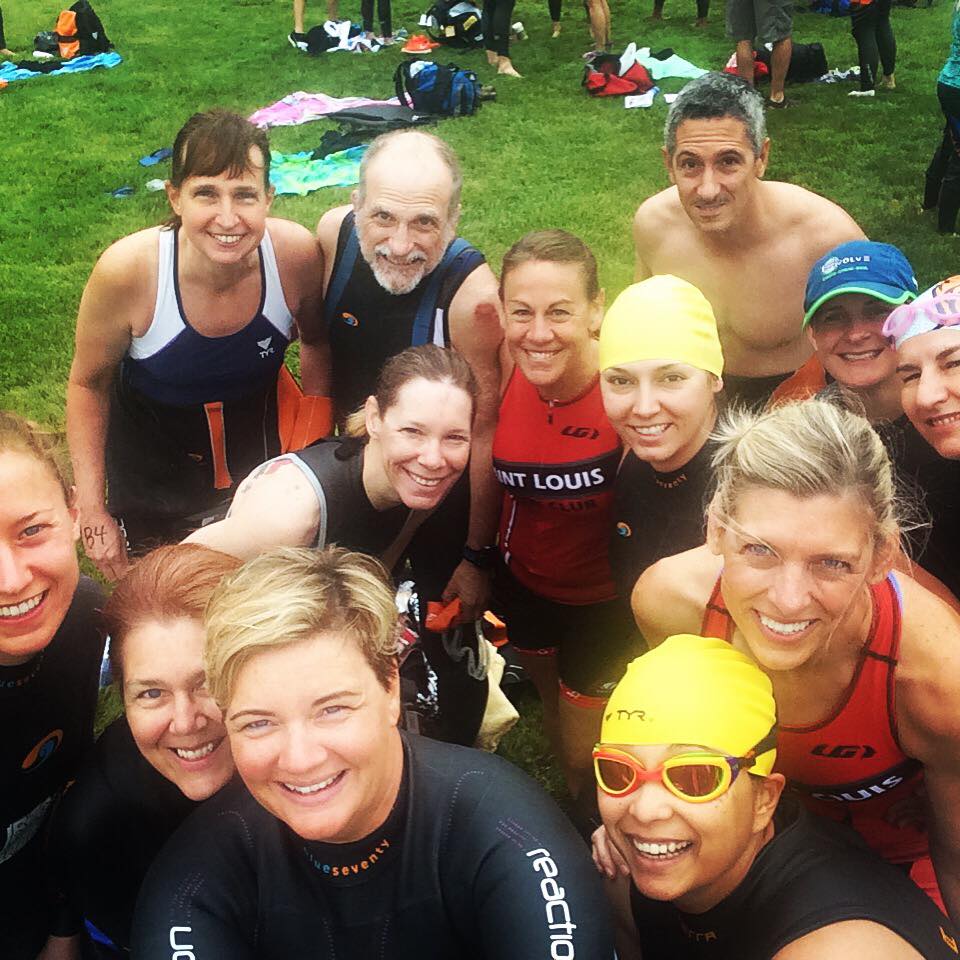 Did you attend all of the training and mentoring clinics this year? These are those events outside of the monthly meetings. Even I didn’t make all of them, but attended enough to learn quite a bit. In fact, I have already implemented a few with great results. Following is what I took away for 2015, and I’m sure others will have more to add to the list:
Did you attend all of the training and mentoring clinics this year? These are those events outside of the monthly meetings. Even I didn’t make all of them, but attended enough to learn quite a bit. In fact, I have already implemented a few with great results. Following is what I took away for 2015, and I’m sure others will have more to add to the list:
- Pose method of running – Jennifer Meyer of TriSmart Training Systems taught us the basics of this technique for proper running form. It will help to avoid injury, conserve energy and ultimately improve your time.
- How to change a flat – every triathlete should know how to do this. The ill prepared risk being stranded on a long ride or ending your expensive race prematurely. Big Shark Bicycle Company offered bike maintenance clinics that covered this plus other maintenance, while Paul Schon of IronBrick Training led a separate demonstration. One can’t practice this skill enough since speed is of the essence and it is easily forgotten for some of us.
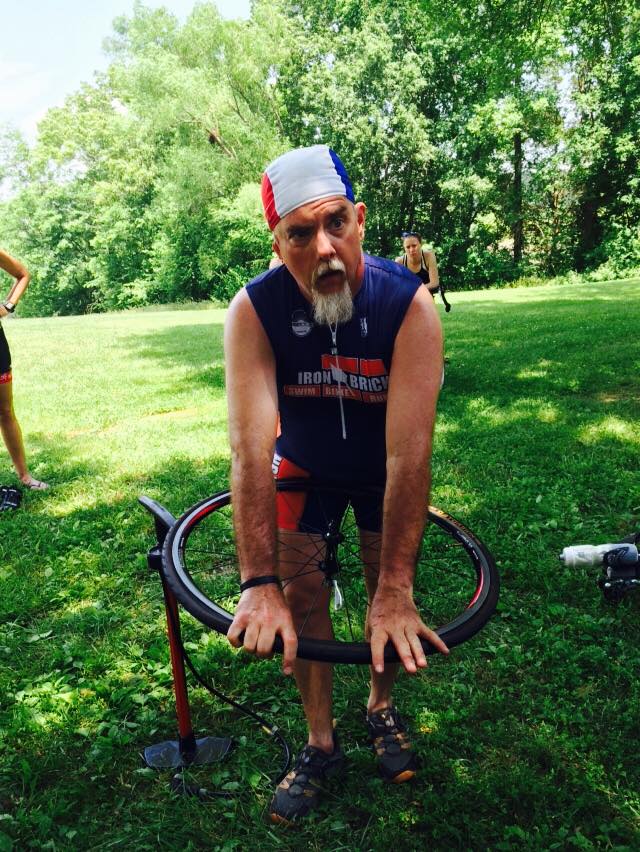
- Don’t swim deep – for the most efficient stroke you should have slightly bent arms underwater, don’t lock elbows and point to the bottom of the pool. Samantha Murphy, Nicole Kretzer, and Nick Divan from Evolve Coaching Systems ran several swim clinics both at Whispering Hills and New Town covering swim techniques, strategies and drills.
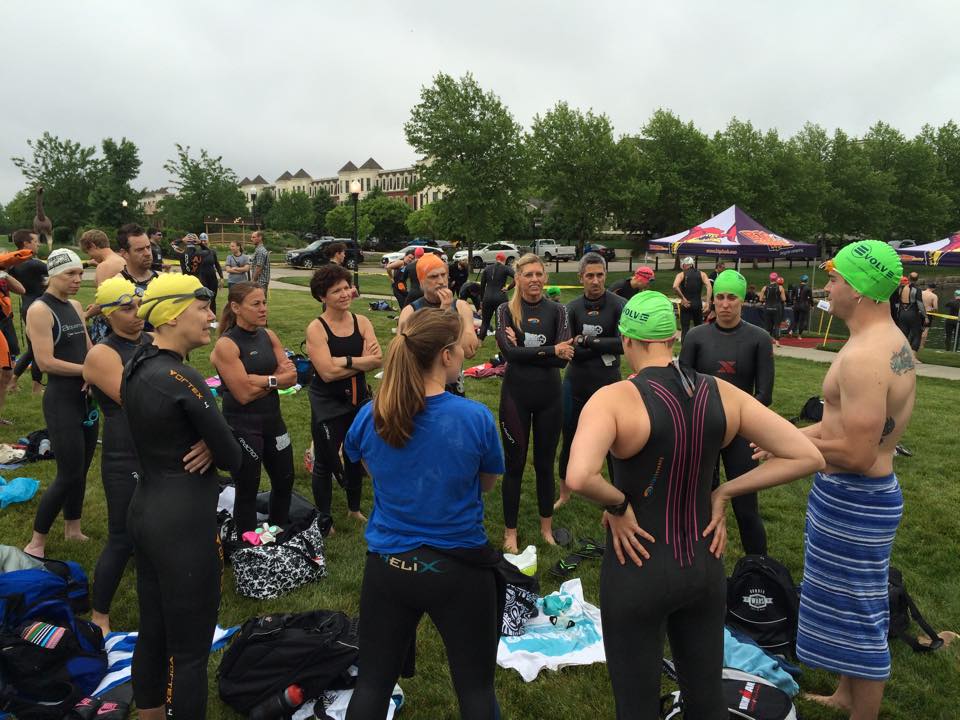
- Setting your Heart Rate target zones – sorry I didn’t learn this but many others did. Really wish I would have made this clinic by Jennifer Meyer of TriSmart Training Systems. It is a complex topic and comes up again and again. If you have a Garmin with strap you should get familiar with it.
- Improving Transition time is critical! Bill Sanders and Lynne Collins ran two clinics on how to improve your transition time, and reinforced why this is important. Implementing their techniques after the first clinic greatly improved my next race time. There were lots of tips that I will continue to focus on for even more improvement.
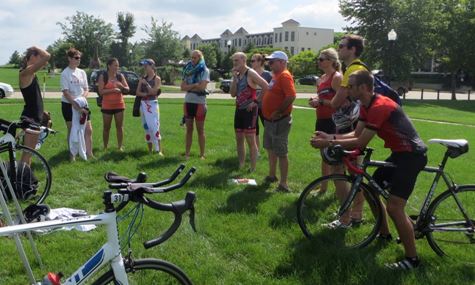
Something for everyone – two transition clinics, one covering the basics and a follow up one with advanced techniques.
- Nutrition – if you are doing longer races, or struggling with fatigue and cramping during training, you will want to look at your race nutrition. Paul Schon of IronBrick shared his nutrition favorites for race day including a powdered electrolyte mix. Proper nutrition, caloric intake and electrolyte maintenance is critical for race day performance. If you feel sluggish during a race or long training ride you should evaluate this area.
- If you are using the same Swimming Warm-up from 20 years ago, things have changed. Courtney Martin from Athletico/ProRehab gave a presentation at Innsbrook on swimming sighting, drafting and warming up. For me I was shocked to learn I had been warming up all wrong. The old school behind-the-neck shoulder stretches are no longer advised. She handed out a new list of warm-ups and exercises to balance shoulder strength and reduce likelihood of injury.
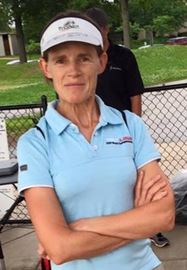 Hill cycling means high cadence. Jennifer Meyer taught a clinic at Babler State Park that covered the basics of cycling hills. A key take away was using an easy gear with high cadence will save your legs for the ride and run. See the article “Cycling Hills Basics from Babler State Park” for a complete list of tips.
Hill cycling means high cadence. Jennifer Meyer taught a clinic at Babler State Park that covered the basics of cycling hills. A key take away was using an easy gear with high cadence will save your legs for the ride and run. See the article “Cycling Hills Basics from Babler State Park” for a complete list of tips.- Group Training Makes You Faster – This year has been a challenge weather wise. It seemed that rain storms foiled many training and race attempts. For this reason, I often trained alone when my schedule and the weather permitted instead of strategically selecting group events. Not having a regular group to chase had a direct impact on my training performance, and is only a matter of time before my racing times will also reflect the difference. I have a new commitment to join more training events, and seek those opportunities with a faster crowd.
Every time I attend one of these clinics I always take away at least one, and often many more, new tips that directly improve performance. I am very grateful for the opportunity to learn from our sponsors and experienced club members. If you haven’t attended one of these clinics you are missing out. Each year the mentoring and training groups post new clinics and activities. I highly encourage you to watch the club calendar and take advantage of this free opportunity to learn from our sponsors and experienced athletes.
